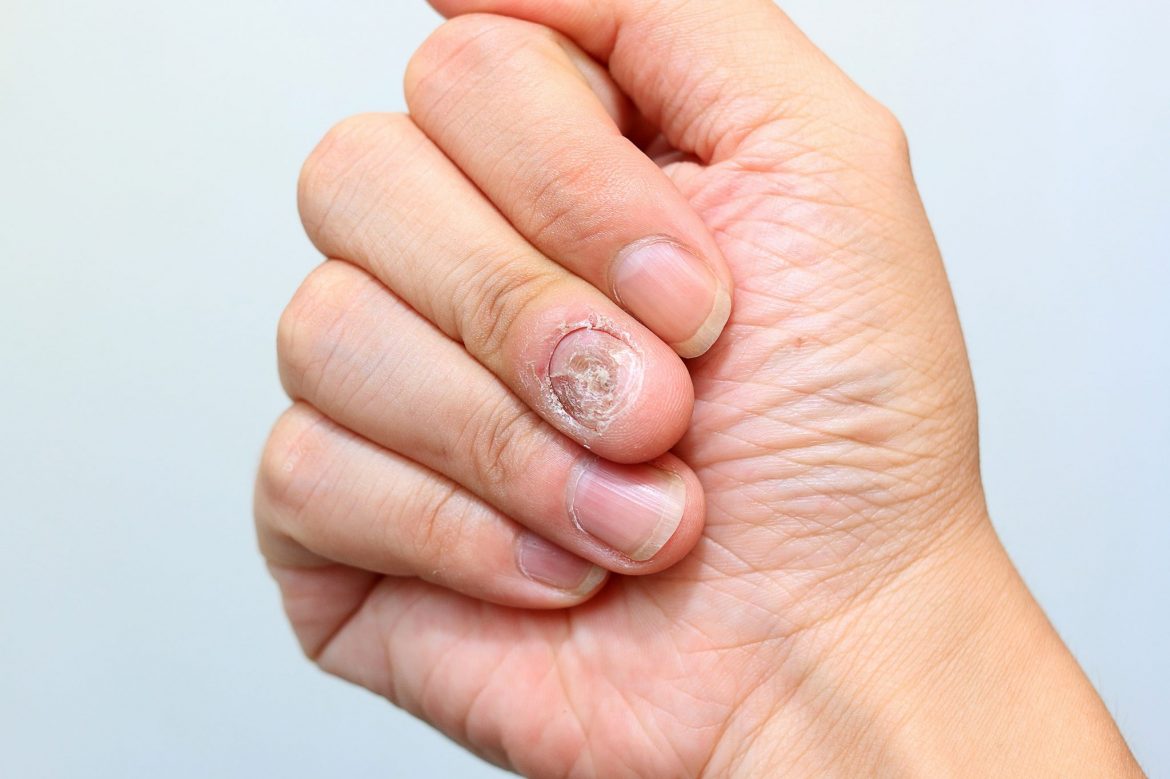NAIL FUNGUS
Nail fungus or onychomycosis, is a fungal infection that affects the hard nail plate. Once the infection sets in, the nail typically turns white or yellow as it becomes thick, dry and lifts up from the nail bed.

Nail fungus or onychomycosis, is a fungal infection that affects the hard nail plate. Once the infection sets in, the nail typically turns white or yellow as it becomes thick, dry and lifts up from the nail bed.
The leading risk factors for contracting nail fungus include old age, having very sweaty hands and feet, having a history of athlete’s foot, or frequently walking in wet, communal areas. Major unlying health problems such as diabetes and a weak immune system can also cause a person to be more susceptible to onychomycosis.
Oral Medication: The most effective treatment option for curing a severe nail fungal infection is an oral medication. Typically taken over a 12 week period, terbinafine and itraconazole are known to cure an infection. You will need to consult with a dermatologist to receive a prescription for this medication as some blood tests may be required.
Antifungal Nail Polish: Over the last five years, several antifungal nail polish treatments have become available that are highly effective at treating mild to moderate nail fungal infections. This option can be used to treat both the finger and toenails. It should be applied as instructed and the infected nail should be kept dry and clean at all times.
Antifungal Nail Solutions: Used to treat mild cases of toenail and fingernail fungal infections, these treatments are used daily and can take several months until improvement is noticed.
“Nail fungus can take a long time to clear as the nails grow so slowly. After clearing the nails of fungus, it is important to prevent the nails from becoming reinfected with good hygiene and topical antifungal medicines.”
-Dr. George Skandamis
TESTIMONIALS
What Our Patients Say
Lewis Center Patients
Mount Vernon Patients
OUR LOCATIONS
CONTACT US
|
No longer accepting Medicaid or CareSource.
|
